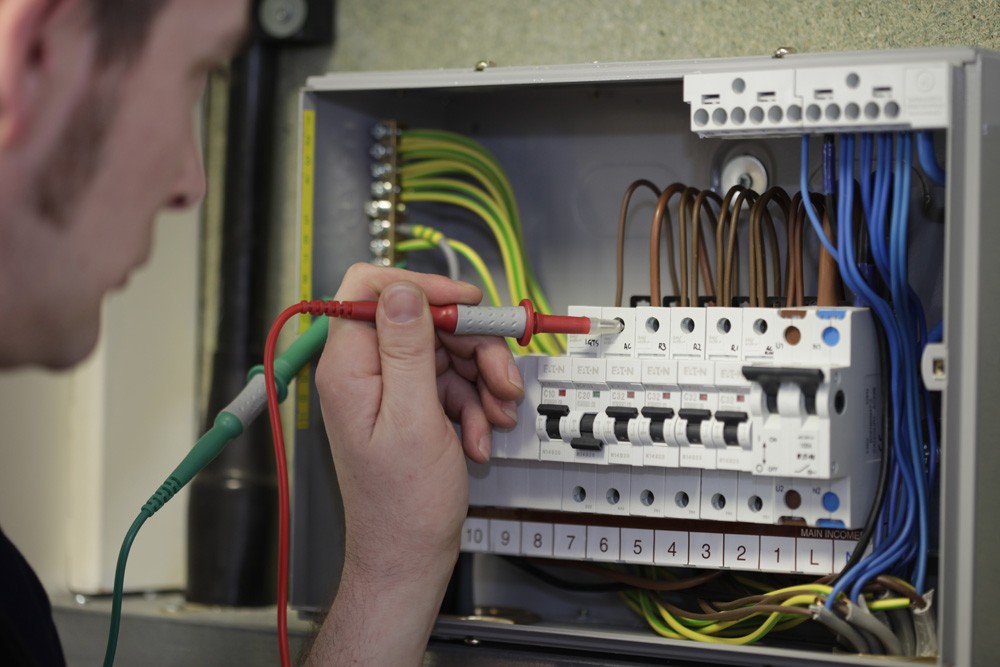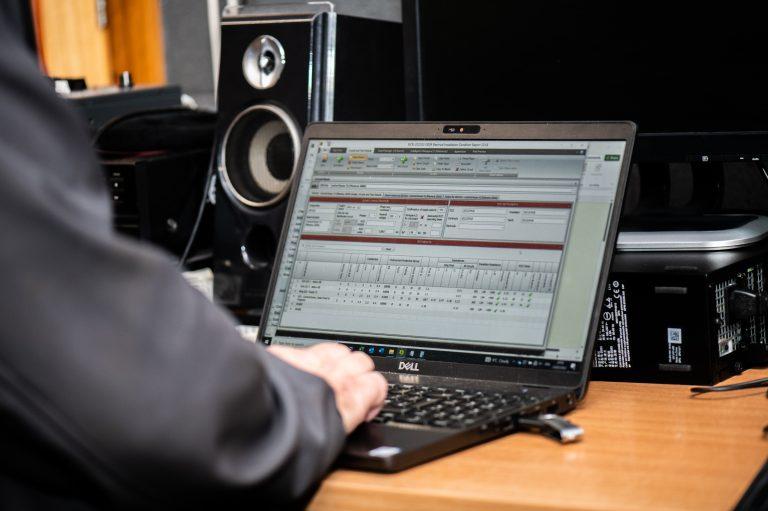Periodic Inspection & Testing is a legal requirement therefore getting it right is crucial. However mistakes can be made
Periodic Inspection and Testing involves testing the electrical services and systems that conduct electricity around a building. You may have heard Periodic Testing referred to as Fixed Wire Testing.
The frequency of testing and inspections will vary depending on the type of installation. For instance, for educational establishments the maximum period between inspections and testing is 5 years whereas for leisure complexes it’s 3 years.
This type of electrical testing is a legal requirement and therefore getting it right is crucial. We are all human however and mistakes can be made. Here are the 6 most common mistakes that can be avoided during Periodic Inspection and Testing:
1. Make Sure the Cable Size Is Correct
Making sure cable sizes are correct when carrying out Periodic Testing and Inspection is crucial. An inspector could assess a cable size incorrectly which in turn could make the protective device unsuitable. An unsuitable protective device could enable a cable to carry more load than it’s capable of, this causes the cable to melt and it is a common cause of electrical fires.
2. Insulation Resistance Testing
It is vital that any current using equipment is disconnected when carrying out an Insulation Resistance test. If the equipment isn’t disconnected it could lead to electronic equipment being damaged or destroyed. A way to minimise the risk is to carry out the test at 250 volts first to get an indication if anything is still on the circuit, then complete the full 500 volt test. It is very difficult to isolate all electronic equipment during Periodic Inspection and Testing because of the amount of equipment still in the circuit, i.e lights, heaters and neon’s. For this reason, we mainly focus on the neutral earth IR test which any faults, most over current devices don’t detect except for RCD’s.
3. Relying on Previous Board Schedules
When you look at a circuit board for the first time you assume that the labelling is correct. If a switch is labelled lights you assume that it means lights. However the board schedule might not be right, it may have been incorrectly labelled in the past. Using circuit charts when carrying out Periodic Inspection and Testing is useful as it ensures that your board schedule is correct and up to date. Out of date and inaccurate board schedules are not only dangerous to electrical contractors because of the danger of assuming a circuit has been isolated for working on but also for end users trying to re energise a trip circuit.
4. Alterations
A circuit may have had additions since original installation for instance extra sockets that have been installed incorrectly. This could mean that alterations to the original circuit might not be as standard or as first installed. When carrying out Periodic Testing and Inspection one of the first things you should look for is alterations, as these could cause faults.
5. Service the Mains Switch
Inspectors can find that the mains switch in a building has not been turned off or operated for a long time, sometimes nearly 10 years! This means that when they come to operate the switch, there may be problems switching it back on again. Mains switches don’t just deliver power, their job is to interrupt power as well. The mains switch should be serviced regularly as this can lead to unforeseen problems when it comes to testing.
6. Tenby Clamps
Inspectors can sometimes find that Tenby clamps have been used on SWA cables. This should absolutely not be the case as the clamp can crush the cable. Tenby clamps should only be used on water and gas pipes.
In this article we have highlighted some of the most common mistakes that can be avoided when carrying out Periodic Inspections and Testing. Intersafe deliver tailored solutions in Periodic Testing. Contact Angus by calling 02380 610101 or email angus@intersafe.co.uk to book an appointment.




